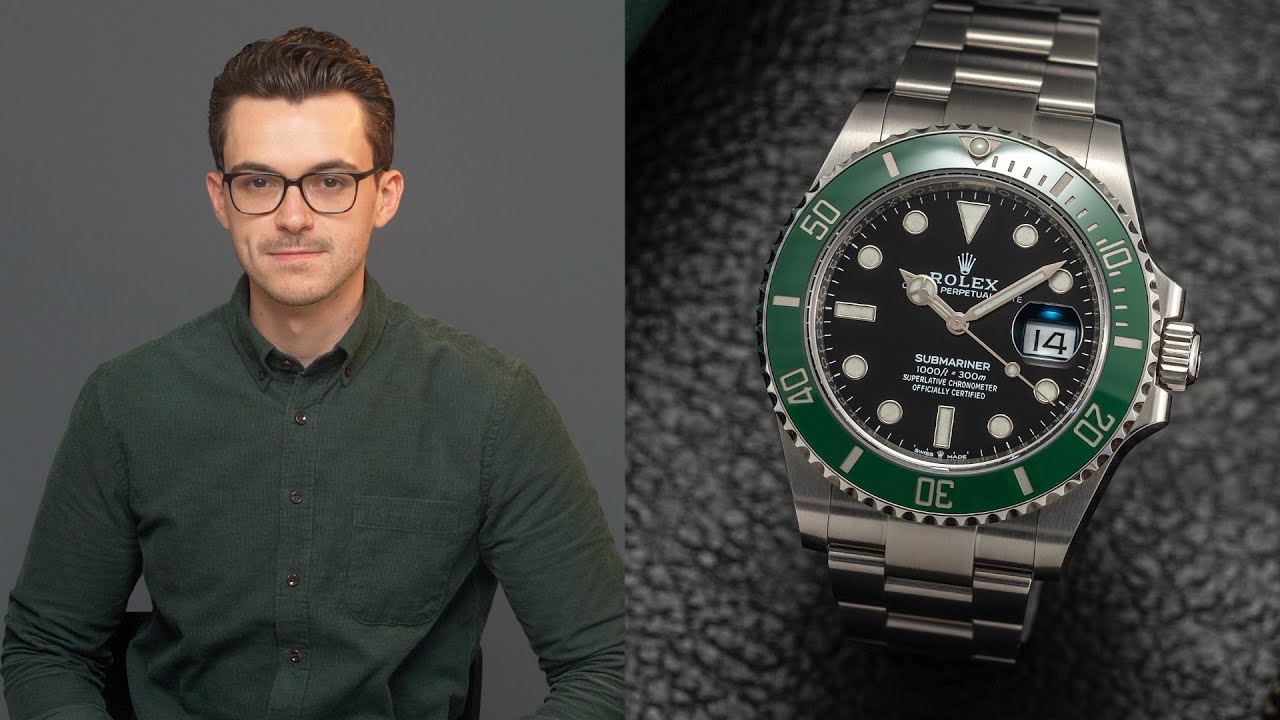One of the easiest ways to verify the authenticity of a Swiss watch is by looking at the serial number. This is typically engraved on the caseback of watches with transparent cases.
Top luxury brands seek to achieve absolute perfection, so sloppy errors in typeface and engraving are often a telltale sign of fake watches. These can include misspellings, incorrect use of serifs and more.
Look for the Original Box and Papers
Authentic watches often come with their original boxes and papers, even when sold second hand. These documents can include the user manual, certificate of authenticity, and warranty card, among other items. A watch with its box and papers will also have a serial number that is unique to the watch. It is not impossible for counterfeiters to create fake documentation, but it will be far more difficult for them to align the serial numbers of the watch and the document.
Another important thing to check is that the watch has all of its features. For example, if a watch is supposed to have a chronograph function and/or a helium release valve, you should ensure that these functions work correctly. If they do not, it is likely that the watch is a counterfeit or has been tampered with.
It is also a good idea to look for any signs of wear and tear on the watch. This includes scratches, scuffs, and signs of polishing. It is not uncommon for sellers to use a DIY polish on their watch in order to hide scratches and scuffs, but this can detract from the value of a watch as you would expect it to be as clean as possible when it leaves the factory.
One last thing to look for is a label on the watch that says “Swiss Made.” Although this is not necessarily a guarantee of authenticity, it does indicate that the watch was manufactured in Switzerland. It is also important to note that the watch must be made by an official watch manufacturer in order to receive this mark.
Buying a Swiss watch with its box and papers will make it much easier to sell in the future, as buyers tend to perceive watches with their boxes and papers to be more authentic and desirable than those without. In fact, watches that are sold with their boxes and papers on Big Watch Buyers sell 13.1% faster than those that are not. Having the box and papers will also increase the overall price of a watch, but it is a good way to help ensure that you are purchasing an authentic and legitimate timepiece.
Check the Dial
In order to maintain their prestigious reputation, luxury Swiss watchmakers put tremendous effort into ensuring the quality and craftsmanship of every one of their watches. This is why they have so many different checks and safeguards to protect their brand, reputation and discerning clientele from counterfeiters. This is especially true for Patek Philippe, a company that is coveted by collectors worldwide and revered by almost everyone from watch naives to the most ardent watch enthusiasts.
It is very easy for fakes to be made to look like the real thing, so the first step in determining authenticity is to check the dial and all of the accompanying information that goes with it. In particular, pay close attention to how the logos on the dial and crown have been cut. If they are not perfectly clean and neatly set, it is a very good indication that the watch is a fake. Also, if the logos appear too bold and painted rather than engraved, it is another surefire sign of counterfeiting.
The next step is to look at the case back, especially the inscriptions that are on it. The inscriptions on a genuine Cartier watch should be clearly defined and precisely etched into the metal. If the inscriptions are curved and appear light, this is another telltale sign that the watch is not genuine. Lastly, check the number of jewels on the movement and compare it to the number on the dial of the watch. If the number does not match, this is another clear indication that it is a fake.
If you are unsure whether the watch is authentic, contact the company that made it and ask them to send you a “Extract from the Archives”. This document costs about 500 francs but provides verification that the watch is genuine. This is a very good way to ensure that the watch is genuine, and it will provide you with peace of mind when you are purchasing a pre-owned piece of luxury Swiss timekeeping history.
It is much more common for watches to come with original documentation than not, and it is very rare for counterfeiters to create documents that accurately match the watch. A quick online search can also help verify that the watch is an authentic model, and will give you a better idea of its value.
Check the Movement
While it may seem obvious, it is important to look for the correct reference number on a watch to ensure that it is genuine. Many counterfeit watches use incorrect or outdated model reference numbers, and spotting this is an easy way to tell whether a watch is fake.
Also, be sure to check the serial number, which will usually be engraved on the case back. While it is rare for a fake watch to have an inaccurate serial number, they can happen, and if the serial number does not match up with a comparable watch on the Watchbox site, this is likely a sign that it is a fake.
If the watch is a pre-owned model, check to see if it has been professionally serviced by a reputable service center. Most reputable dealers will be able to provide you with a service receipt and certification of authenticity from the brand.
One of the most important aspects of a Swiss watch is the movement itself, and this should always be inspected by an expert in horology. Forged movements will often contain components that appear similar to those found in authentic Swiss watches, but an expert can easily spot these subtle differences.
The movement should also have a Geneva seal, which indicates that it has been inspected by the Ecole Suisse de Horlogerie to meet high standards of craftsmanship and quality. This includes ensuring that all parts of the movement are finely wrought, free from machining marks and polished, and that they are correctly aligned and fitted to each other.
Other details to look for include the quality of engravings and logos. Ideally, these will be crystal clear and easily comparable to other examples of the same type. Watches with engravings that appear sandy, misshapen or fixed with glue are often a good indication of a fake.
Cartier watches, for instance, have a hidden signature etched underneath the 7 or 10 o’clock markers that may only appear as a thin line to untrained eyes. This secret signature is actually the brand’s name spelled out in full, and forgeries are unlikely to replicate this detail.
Check the Caseback
Probably the best way to identify an authentic Swiss watch is by checking its caseback. This is one of the hardest components to replicate to an exacting degree, and it’s not uncommon for counterfeiters to skip this step. The caseback is where the watch’s movement can be inspected. A genuine movement will be labeled with a “CHRONOMETER” designation, and it is also likely to have the COSC seal. The CHRONOMETER designation is only attainable for movements that are able to pass a rigorous series of tests to ensure superior timekeeping accuracy and precision. The COSC seal is the highest level of approval that a watch can receive from the official watch testing authority in Switzerland, and it is only awarded to watches that have passed all three phases of the CHRONOMETER tests: assembly, case up, and adjustment.
Another good place to look for signs of authenticity is the dial. Top quality Swiss watch manufacturers strive for the highest levels of perfection in every facet of production, and this is often reflected on the dials of their watches. Counterfeiters are often less meticulous and will leave noticeable errors behind, most commonly in the printing of dial text. Look for spelling mistakes, improper spacing, and missing or unevenly spaced markers.
Many of these tips are easy to overlook, especially when shopping online for a luxury Swiss watch. But as a buyer, it is in your best interest to take the extra steps needed to verify the authenticity of your purchase before making the big purchase. By following these tips, you can rest assured that you are getting a truly authentic Swiss watch.
Buying a pre-owned Rolex or other luxury watch is often a wise decision, but when it comes to new purchases, it’s important to check the authenticity of the watch before you buy. A few simple steps can help you avoid the pitfalls of purchasing a fake, and will save you from wasting thousands of dollars on an inferior product. The watch experts at Watches of Switzerland are always happy to answer any questions you may have about the authenticity of a particular watch, so please don’t hesitate to get in touch.


















